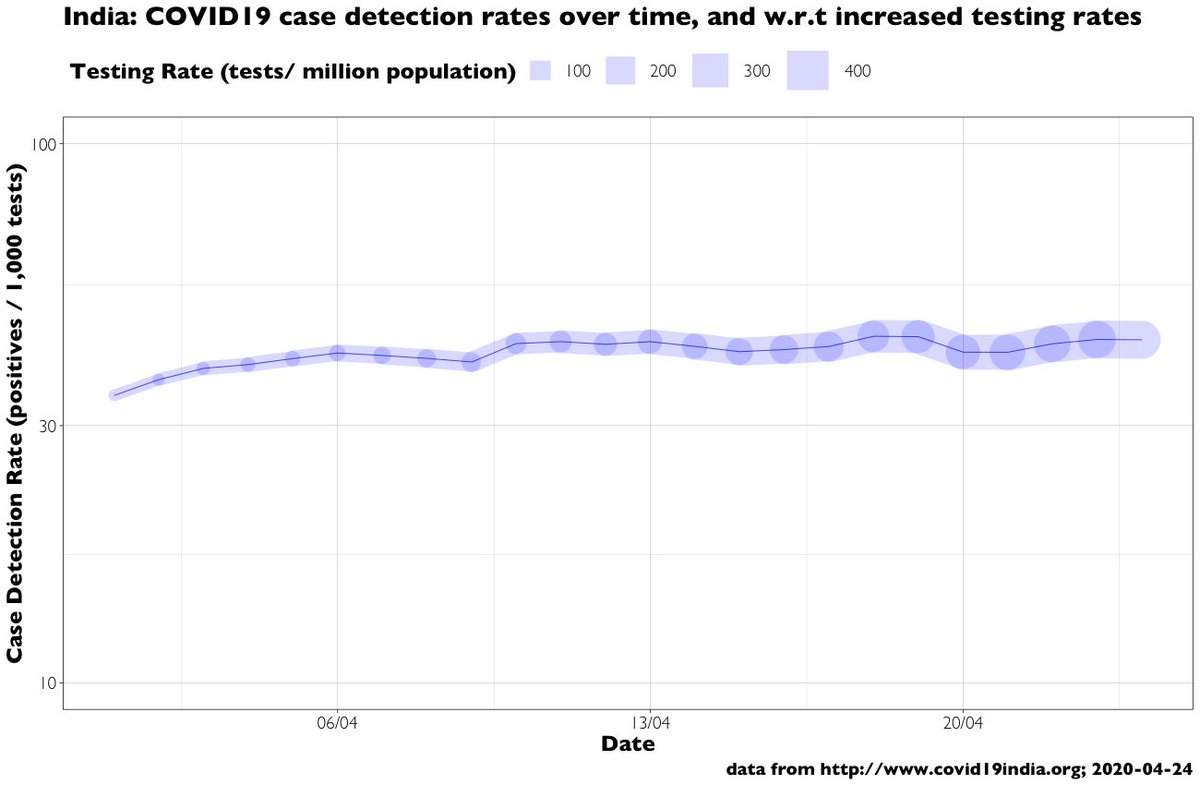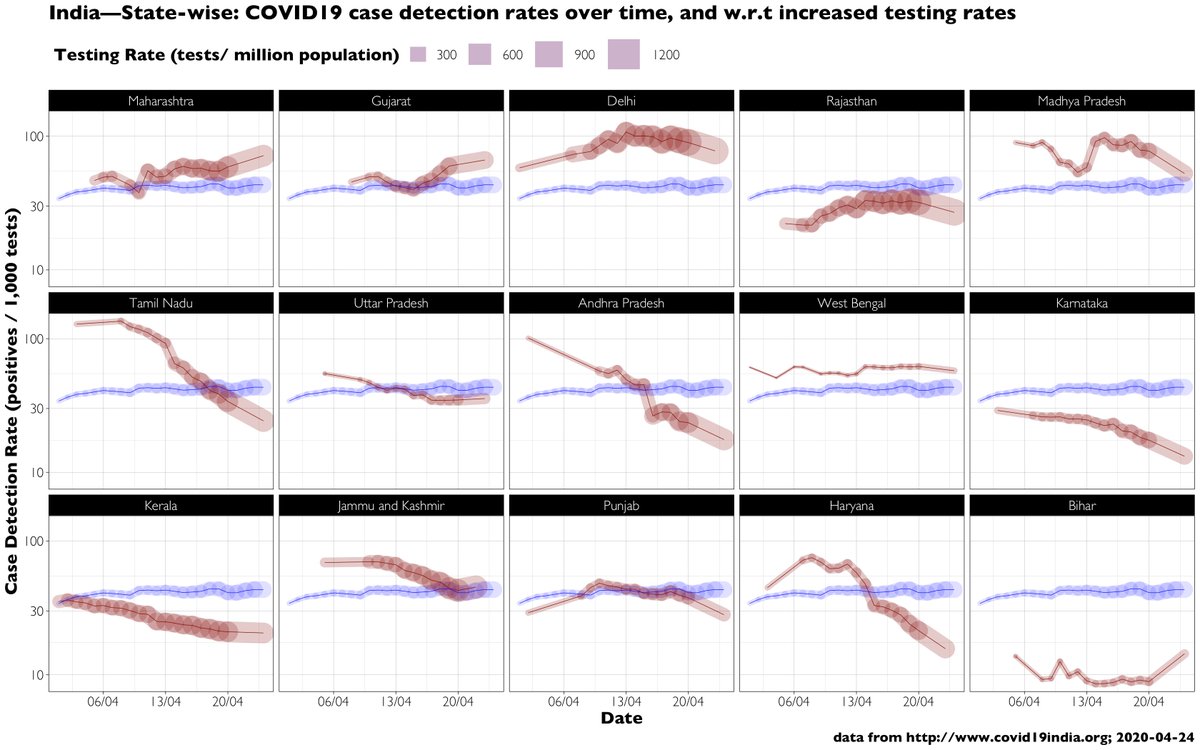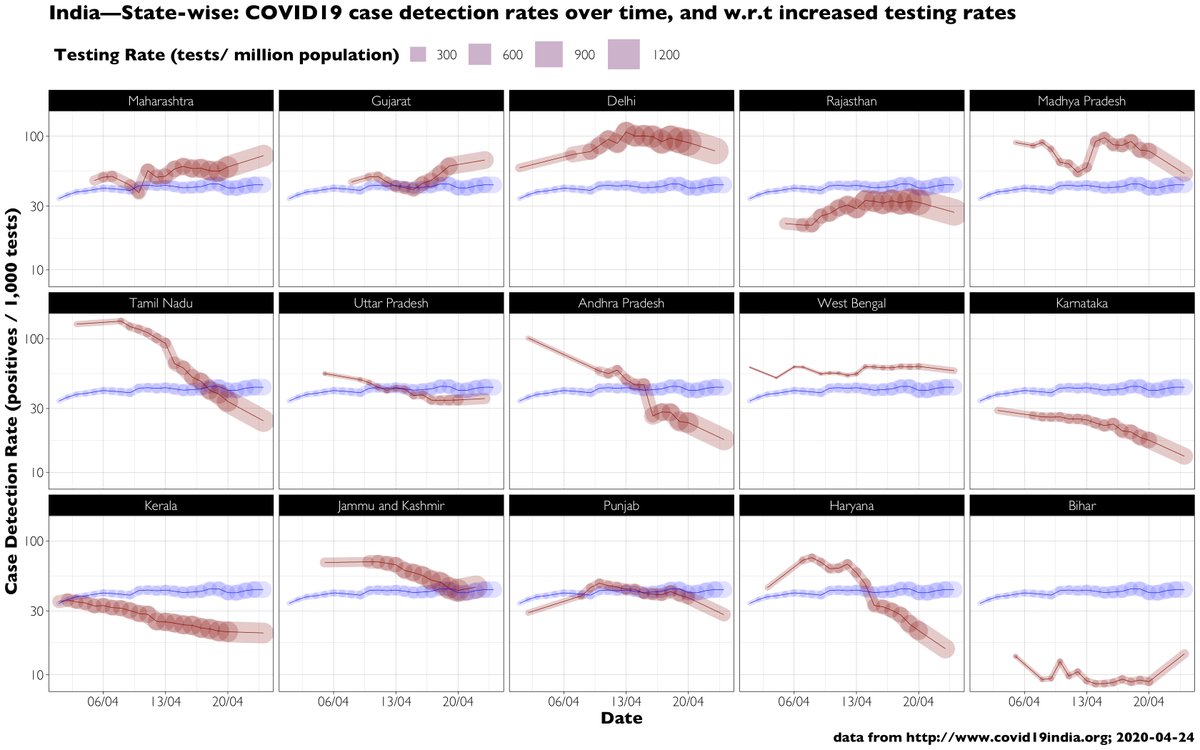
Geospatial folks in India: given the recent talk of liberalising access to geospatial data, can we, in this thread, list civilian-use geospatial datasets available with governments, that, in your view, must be made freely available to for public use?
I’ll go first… PLEASE ADD
I’ll go first… PLEASE ADD
A single authoritative, official and regularly updated GIS-ready dataset of all political and administrative boundaries, from international boundaries down to revenue village/ ULB ward boundary.
Analysis-ready time-series of the NRSC’s 1:250k and 1:50k Land Use Land Cover datasets. (By analysis-ready, I mean GeoTiffs, not via WMS, as currently available).
Analysis-ready time series of the Forest Survey of India’s forest cover and forest type maps produced for the State of Forests report.
Analysis-ready time-series of the Wasteland Atlas of India by the Dept of Land Resources.
Raw daily time-series datasets of weather variables from geolocated weather monitoring stations of the Met Department.
• • •
Missing some Tweet in this thread? You can try to
force a refresh






